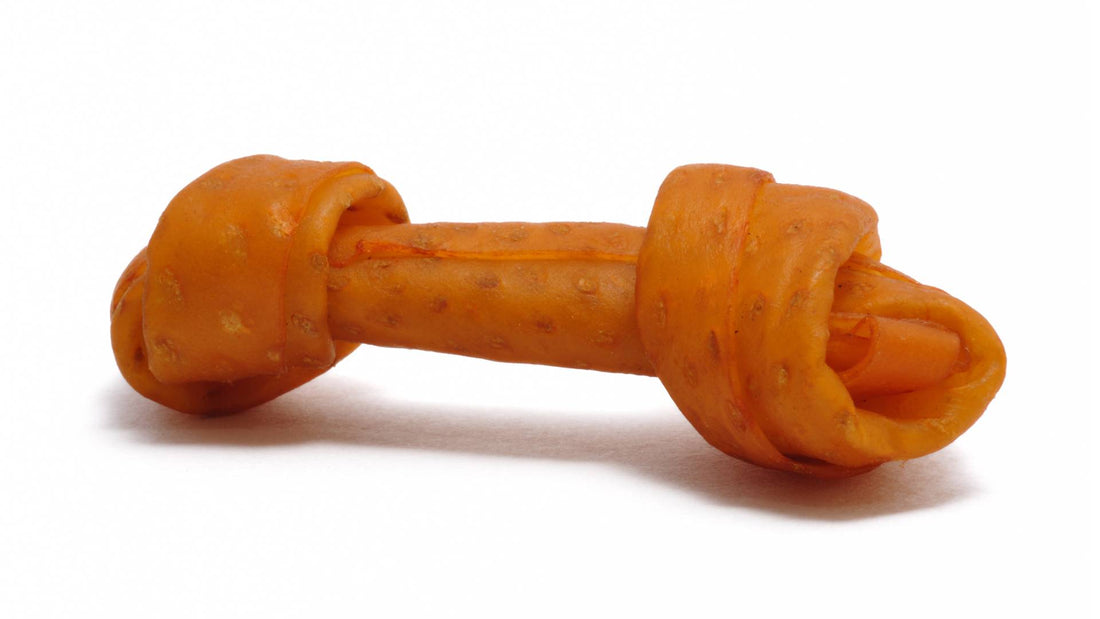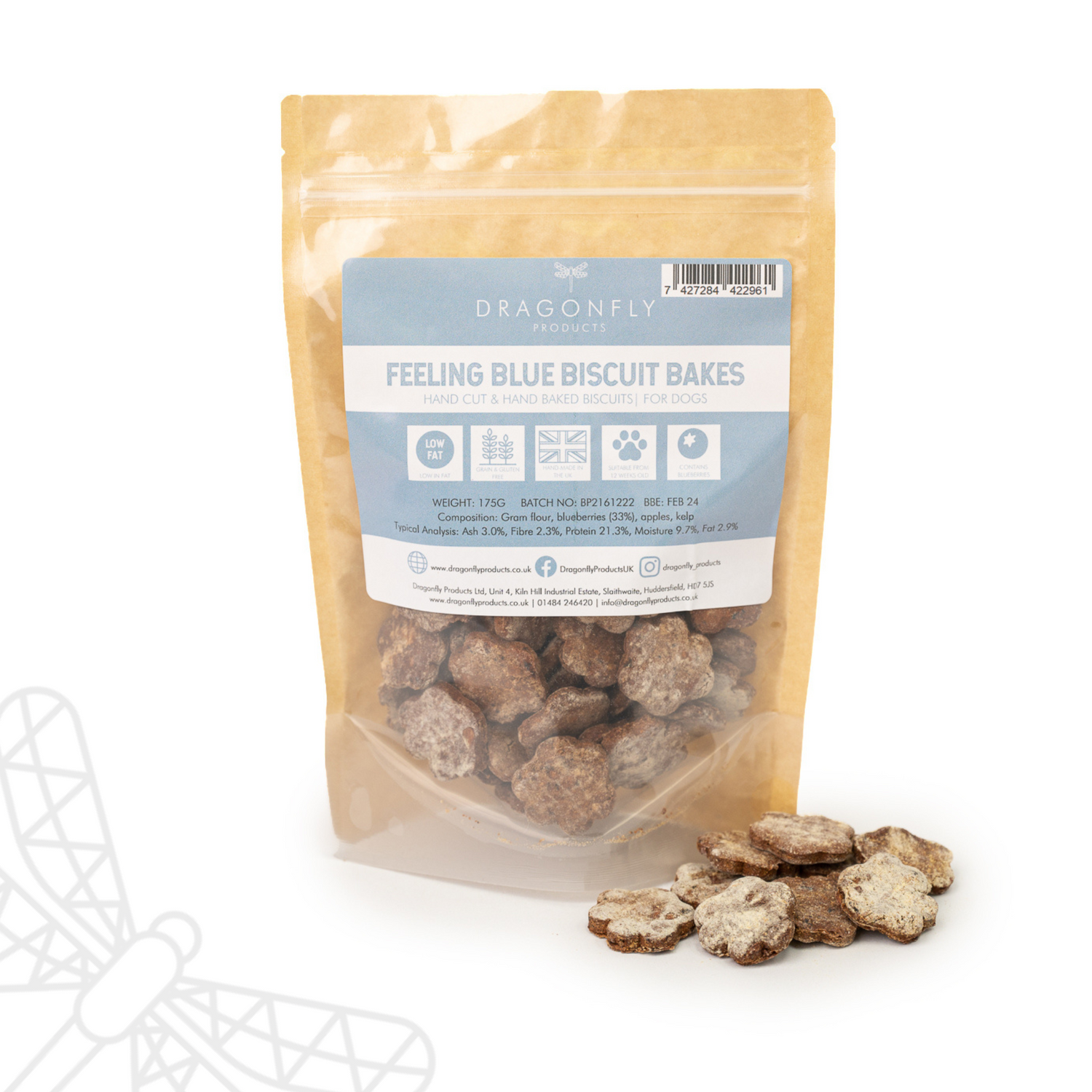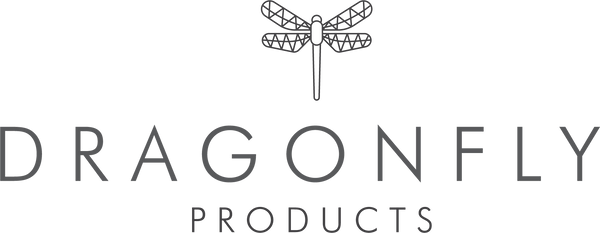
Is Rawhide Dangerous For Dogs?
It’s a question many dog owners ask when they see shelves lined with these seemingly harmless treats. Surely, if they were that bad, they wouldn’t be sold, right? Let’s break this down and explore why rawhide chews may not be the safe, “natural” option many assume they are.
Table of Contents
- Why Do People Feed Rawhide Chews?
- Why Rawhide Chews Are Dangerous
- How Are Rawhide Chews Made?
- What’s in Rawhide?
- Why You Should Avoid Rawhide
- Recommended Alternatives to Rawhide
- How to Choose Safe Chews for Your Dog
Why Do People Feed Rawhide Chews?
Rawhide chews are popular for several reasons:
- Long Lasting: Great for keeping dogs entertained while you tackle daily chores.
- Odorless: No unpleasant smells wafting around the house.
- Affordable: Packs of 10 can cost less than £1, making them an economical choice.
- Natural: The packaging often claims rawhide is a “natural” product, which sounds healthy and safe.Unfortunately, these selling points don’t paint the full picture - rawhide is anything but natural.
Why Rawhide Chews Are Dangerous
While rawhide chews start off hard, they quickly soften as dogs gnaw on them, turning into a gummy, stretchy substance that is virtually indigestable. At this stage, they can easily become a choking hazard or cause intestinal blockages. In fact, many dogs have required emergency surgery after swallowing rawhide chunks.
Still skeptical? The production process sheds light on why rawhide is far from the healthy treat it’s marketed to be.
How Are Rawhide Chews Made?
Rawhide chews undergo a complex manufacturing process filled with chemicals and steps that might shock you. Here’s an overview:
1. The Tannery
Rawhide isn’t a by-product of the meat industry but of the leather industry. Cattle hides are transported from slaughterhouses to tanneries, where they’re treated with chemical baths to slow decay.
The hides are soaked in an ash-lye solution or a sodium sulfide liming process to strip away hair and fat.
- Chemicals are used to “puff” the hide, making it easier to split into layers.
- The outer layer becomes leather for shoes, handbags, and clothing, while the inner layer is reserved for products like rawhide, glue, and even cosmetics.
2. Bleaching and Whitening
Once the inner layer is harvested, it’s soaked in a bath of hydrogen peroxide or bleach to sanitise and whiten it. If the whitening process falls short, additional chemicals may be introduced.
3. Shaping and Colouring
The bleached sheets are shaped into various forms like sticks, knots, and rolls. To make them more appealing, they’re often smoked, dyed, or painted using chemicals.
4. Packaging
Rawhide chews are then packaged for sale. Beware: Packaging labeled as “made in the UK” may only indicate where the product was packaged, not manufactured. The majority of rawhide chews are produced in China, where manufacturing standards may vary significantly.
What’s in Rawhide?
Testing has revealed alarming substances in rawhide, including:
- Lead
- Arsenic
- Mercury
- Chromium salts
- Formaldehyde
These chemicals often originate from the dyes, paints, and glues used during processing. If ingested regularly, they could harm your dog’s health over time.
Why You Should Avoid Rawhide
Despite the horror stories and mounting evidence, many dog owners still view rawhide as a harmless, natural chew because it has been around for years. But the truth is that it’s neither safe nor healthy. By feeding rawhide, you risk:
- Choking and Blockages: Softened rawhide can lodge in your dog’s throat or digestive tract.
- Chemical Exposure: The toxins used in processing pose long-term health risks.
- Hidden Origins: Unclear labeling makes it hard to know where and how the product was made.
Recommended Alternatives to Rawhide
Instead of rawhide, consider these safer, natural options that provide the same benefits without the risks.
Buffalo Rolls - these dense chews are manufactured from Buffalo Skin (yes, the 'hide' but not the same thing as 'rawhide') where they are rolled and dried over a long period of time without the need for chemicals or glues used in rawhide chews. The results is a similar but safer product.
Yak Bars - a popular dog chew that is produced using traditional Himalayan methods. Cow milk is hardened using a tiny lime juice, salt and compression over time whilst drying. This results in a hard chew that dogs can gnaw on an digest safely.
Bully Sticks - probably the number one most popular alternative to rawhide, bully sticks (or pizzles) are produced from drying the penis of a bull (sorry but it's true). The result is a dense, long-lasting 'stick' that dogs can safely enjoy and digest.
How to Choose Safe Chews for Your Dog
Here are some tips for selecting healthy chews:
1. Read Labels Carefully: Look for single-ingredient, natural products made in reputable regions.
3. Shop Carefully: Buying from market stalls, TikTok, eBay etc where products are unlabelled with no clear indication of where they are produced can be a gamble with your dogs health. Choose reputable suppliers with clear labelling. If a shop is selling rawhide alongside other products, I would also be questioning their ethics surrounding dog health and safety.
2. Choose the Right Size: Make sure the chew is appropriate for your dog’s breed and chewing style.
3. Supervise Chew Time: Even with safe chews, always monitor your dog to prevent accidents.
Ultimately, Rawhide chews may be cheap and long-lasting, but the risks far outweigh the benefits. From choking hazards to toxic chemicals, these products are better off in the bin than in your dog’s mouth. By choosing natural, healthy alternatives, you can keep your dog safe, happy, and entertained.
For any further help and advice please contact us on 01484 246420 and why not join our social media channels and online community on Instagram, Facebook or YouTube.
With Wags and Woofs,
Laura, Dolly & Reggie


